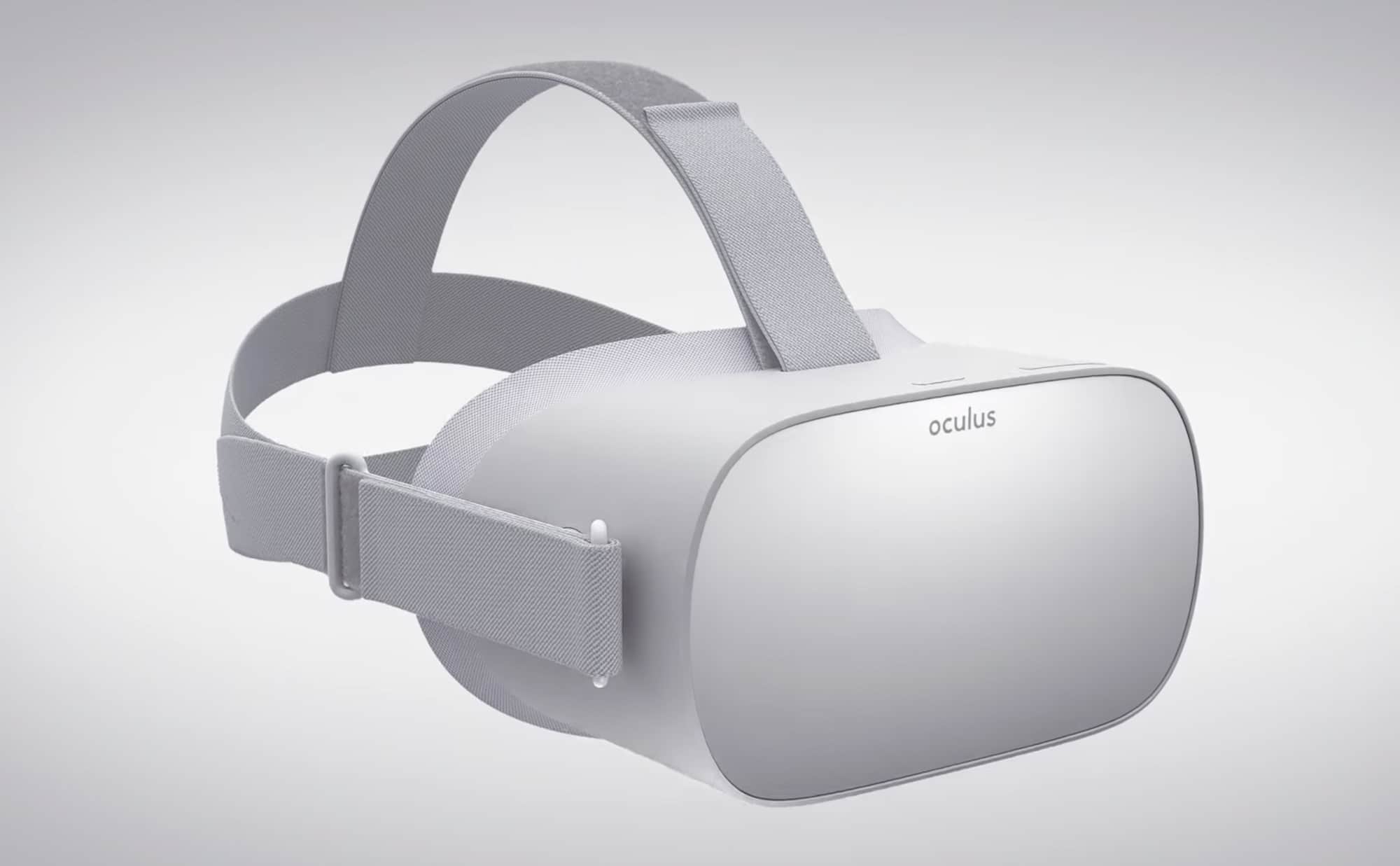
As the VR industry pushes toward greater user adoption, questions emerge about optimal features and price points. Somewhere along that spectrum is standalone VR — a friendlier price than tier-1 VR, but more capable than mobile VR.
Oculus Go could be a defining model for standalone VR when it launches in mid-2018. It will not only have consumer appeal through lower price ($199) and less wires, but also dedicated hardware. It’s tuned for VR, rather than sharing functionality with a phone, as mobile VR does.
John Carmack recently characterized this in his OC4 keynote, underscoring how Oculus Go’s plug and play functionality contrasts Gear VR’s sometimes-disjointed experience. That includes things like firmware updates and other smartphone quirks that get in the way VR.
“It’s the same software, but [without] the trouble of starting it up, docking it, launching an application, and getting through that,” he said. “The standalone that can sit there as a device that really is just ready when you put it on: That is a significant change in experience.”
A dedicated hardware approach could alleviate several VR adoption barriers, including this user friction problem that Carmack references. Beyond just mobile VR, friction can also include things like PC startup time, wires and outside-in positional tracking for tier-1 VR systems.
“Friction matters a lot,” added Carmack. “I preach this in all sorts of application areas where one click versus two clicks versus three clicks make enormous differences. People that are hyper analytic about website conversion rates know the value of a lot of these things.”

First Impression
But along with standalone VR advantages like dedicated hardware and price, there are a few disadvantages. If standalone VR (including HTC Focus and Lenovo’s Daydream rig) is to truly be an ice breaker for mainstream VR adoption, some argue that it’s not the best representation of VR.
Several VR industry voices argue that compromised VR experiences do the industry a disservice by giving a sub-par first impression to mainstream consumers. And some would argue that standalone VR is compromised, just like mobile VR is (graphics, latency, frame rate, FOV, etc.).
NVIDIA’s Martina Sourada expressed a similar devil’s advocate position on standalone VR at last week’s VRARA panel discussion that ARtillry moderated. She argued that the best of both worlds — untethered, while also high quality — will only be realized when Oculus’ Santa Cruz arrives.
Meanwhile, standalone VR could have the price tag and simplicity to at least bring mid-tier VR to a larger consumer audience. Even if it’s not an ideal representation of VR’s potential, it could advance the industry and counteract some of the flack it’s gotten in 2017 for being too niche.
Moreover, Oculus Go’s $199 gets it closer to a giftable price tag, which could give VR a needed sales inflection during the 2018 holiday season. That thinking was baked into our recent forecast, as well as the prediction that Oculus Go — driven by loss-leader pricing — drops to $99 in 2019.
That’s of course speculation and rests alongside several other question marks, such as Oculus Go’s quality. Many are hoping it sidesteps some of the heat issues and content deficiencies that have made Daydream View disappointing so far. We’ll get to find out more in about six months.
For a deeper dive on AR & VR insights, see ARtillry’s new intelligence subscription, and sign up for the free ARtillry Weekly newsletter.
Disclosure: ARtillry has no financial stake in the companies mentioned in this post, nor received payment for its production. Disclosure and ethics policy can be seen here.
